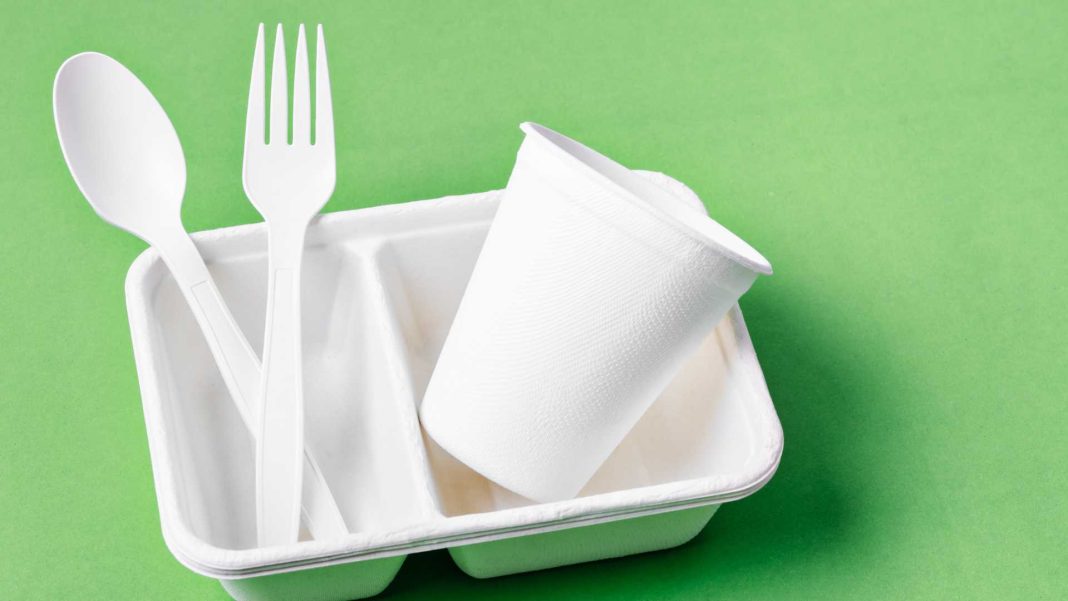As we sail through the 21st century, the dialogue on sustainable materials has crescendoed, steering the global market towards environmentally friendly alternatives to conventional plastics. At the heart of this green transition lies the burgeoning sector of bioplastics—a ray of hope for a cleaner planet. This article delves into the nuanced landscape of bioplastics, exploring their environmental benefits, economic feasibility, and their potential to replace traditional plastics in the global market.
Bioplastics are derived from renewable biomass sources, such as vegetable fats, oils, corn starch, straw, woodchips, sawdust, recycled food waste, and even algae. Unlike traditional plastics, which are made from petroleum, bioplastics offer a reduced carbon footprint and are often touted as biodegradable or compostable. However, the narrative surrounding bioplastics is not a simple one; it’s riddled with complexity and challenges that must be navigated with care.
The environmental allure of bioplastics is undeniable. Their production typically consumes less fossil fuel and results in lower levels of greenhouse gas emissions. When considering the end of their life cycle, bioplastics have the potential to break down into natural substances like water, carbon dioxide, and compost under certain conditions. Yet, this biodegradability is both a blessing and a curse, as it heavily depends on industrial composting facilities, which are not widely available. Furthermore, if bioplastics end up in landfills, they may decompose without oxygen, releasing methane, a potent greenhouse gas.
Economically, bioplastics are standing on the precipice of viability. The market for these materials is expanding, albeit at a pace that is scrutinized for its economic sustainability. The cost of bioplastic production remains higher than that of conventional plastics, primarily due to the scale of production and the prices of raw materials. Nonetheless, industry innovations and governmental incentives are beginning to shift this balance. Companies are increasingly integrating bioplastics into their products to meet consumer demands for sustainable goods, and as production scales up, costs are likely to decrease.
The market potential for bioplastics is vast, with applications ranging from packaging, textiles, and agriculture to automotive and electronic industries. Consumer sentiment is increasingly in favor of sustainable materials, which is driving market growth. According to a report by Grand View Research, the global bioplastics market size was valued at USD 8.3 billion in 2021 and is expected to expand at a compound annual growth rate (CAGR) of 9.7% from 2022 to 2030. This suggests a trajectory of steady growth and heightened integration into various industries.
Despite their promise, bioplastics face significant challenges in replacing conventional plastics. One of the most critical issues is the need for better waste management systems that can handle bioplastics appropriately—ensuring they are composted or recycled, rather than sent to landfills. There is also the issue of feedstock competition; the materials used to produce bioplastics, such as corn and sugarcane, are also food sources. This competition could potentially drive up food prices and contribute to food scarcity in certain regions.
To truly harness the potential of bioplastics, a multi-pronged approach is essential. Innovation must continue in the development of new and more efficient bioplastics. Governments can play a role by providing subsidies for bioplastic production and building industrial composting facilities. Consumers must also be educated on the proper disposal of bioplastics to ensure they contribute positively to the environment.
In conclusion, the future of bioplastics is a story of balance—between environmental benefits and economic realities, between market potential and real-world applications. It is an industry at a pivotal crossroads, with the opportunity to redefine how we think about and use plastics. As consumers, businesses, and governments navigate this landscape, the choices made today will shape the sustainability of tomorrow.
The journey toward a sustainable future is not straightforward, but with continued innovation, economic incentives, and responsible consumption, bioplastics stand to play a crucial role in our material world. Their development and adoption are not merely an exercise in market dynamics but a testament to the ingenuity of human innovation in the face of environmental challenges.

